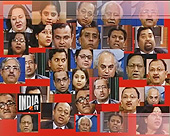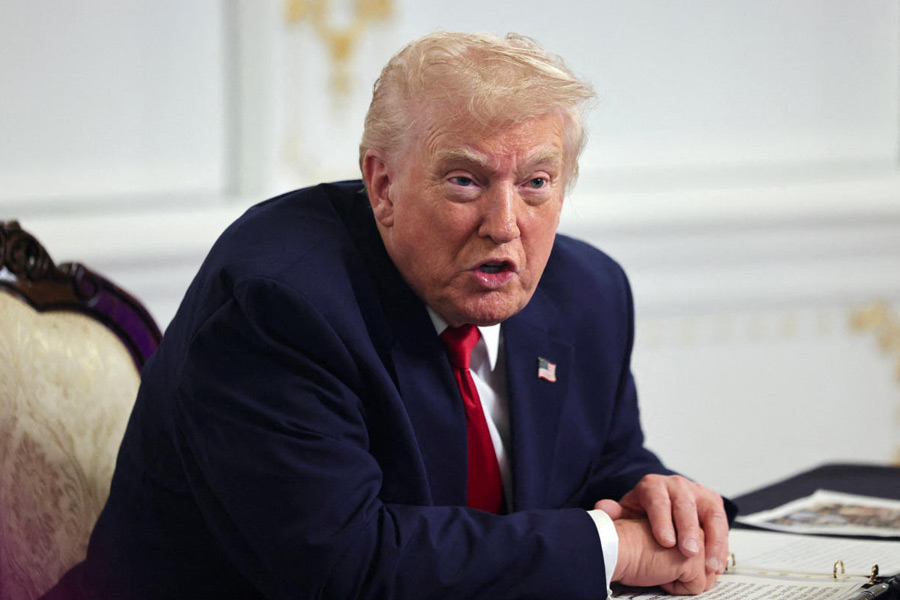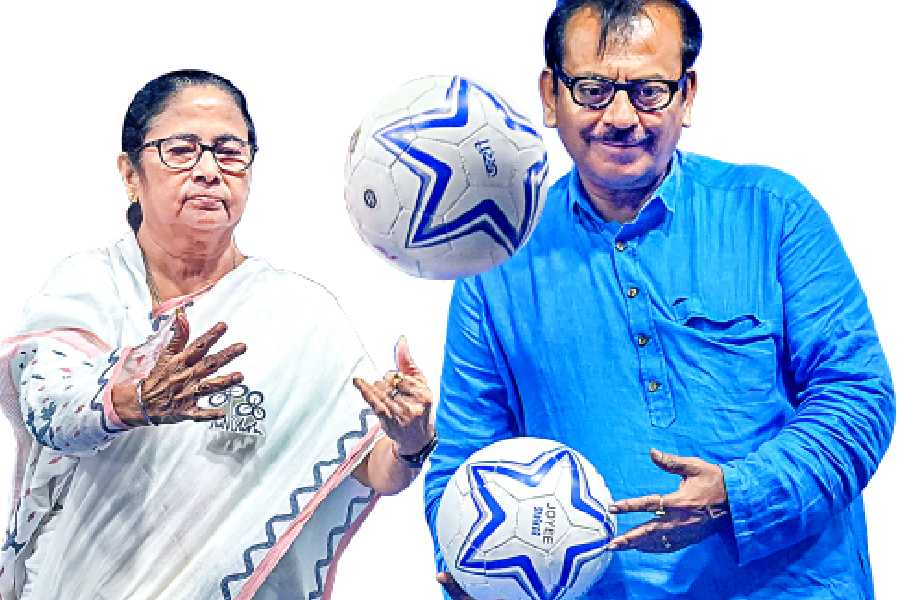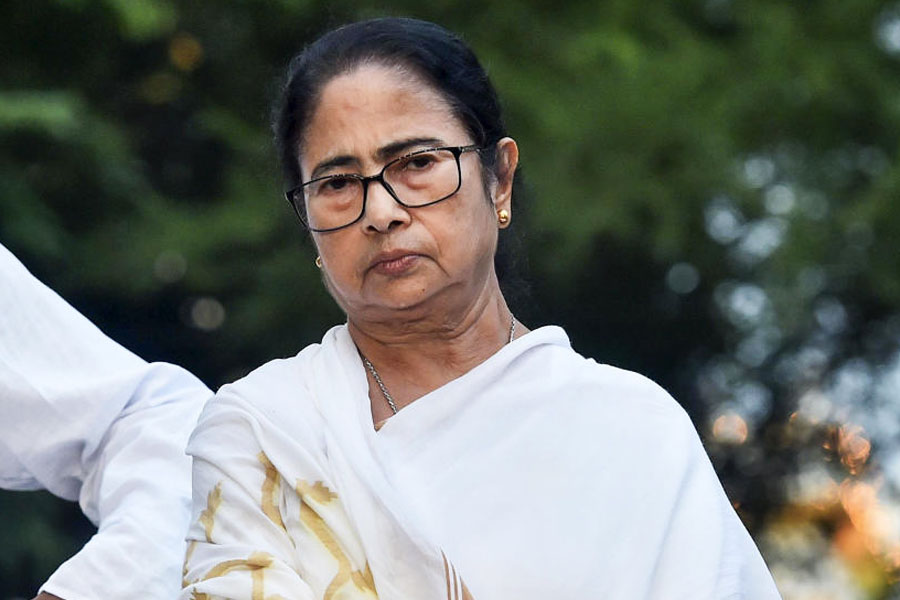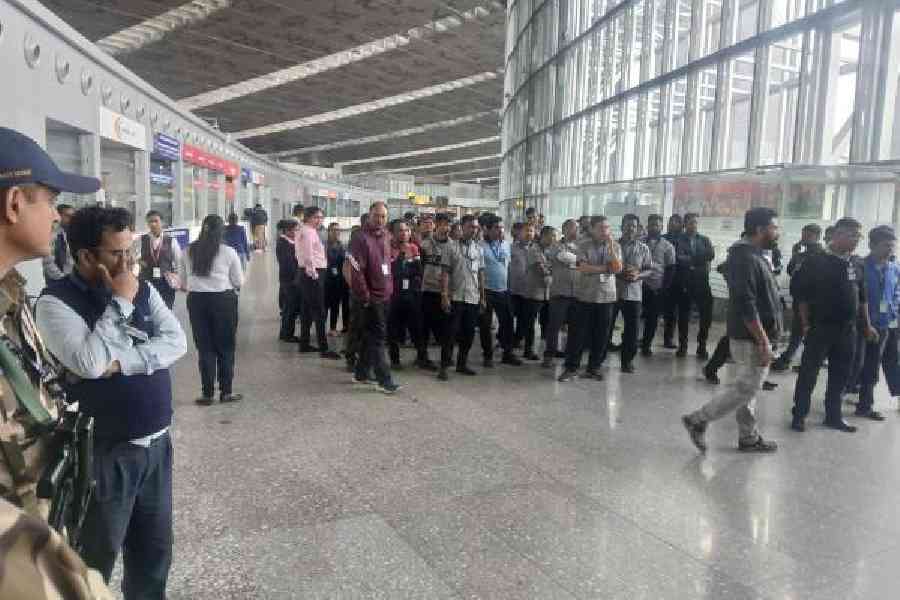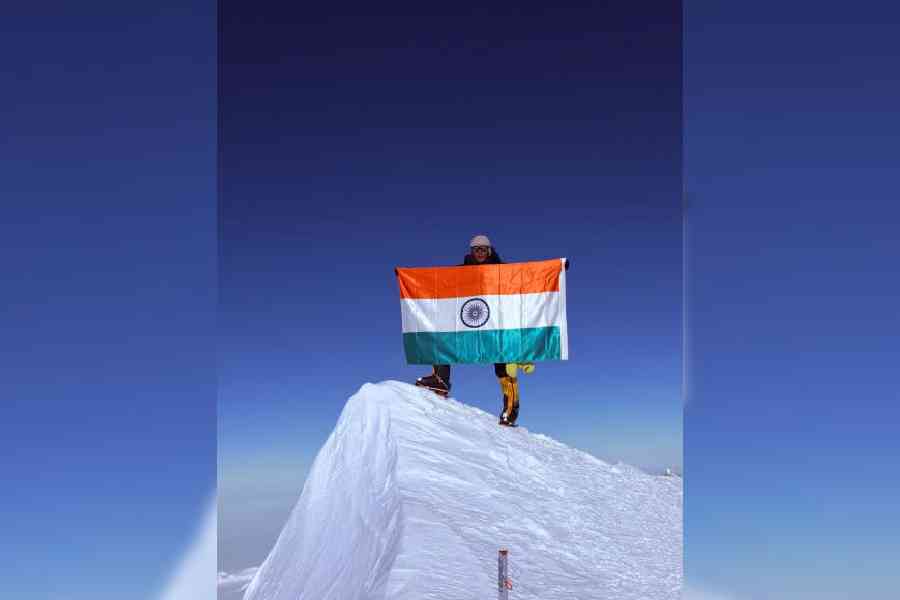 |
| TALKING HEADS: A promo of India Boley |
Insomniac channel surfer Rohit Kejriwal, 36, has a new pastime: tuning in to sexual maladies. At the stroke of midnight he flips to a show where endless anonymous callers air their most intimate problems and a straight-faced anchor retrieves the essence of what is being said. A panel of suitably serious experts with a string of initials after their names responds on a split screen where the right section plays some blurred foreign clips.
The clips may be foreign, but the show isn’t. India TV’s India Boley blends the luridity of American talk show host Jerry Springer and his far more successful peer, the coyly nosey Oprah, albeit without their humour or zing. And India TV is not the only channel to take the bedroom into the drawing room.
Talk shows from other news channels such as NDTV and IBN7, youth programmes and promos on music channels MTV, Zee music and Channel V and public interest ads such as those on HIV/AID are extending the boundaries of public discussion. How much of this is sheer titillation? Or are once taboo topics being aired openly and thus farthering a healthy debate?
India TV CEO Chintamani Rao believes it’s the latter. “In our society there are many matters that people want to talk about, things which bother them but for which they have no one to talk to — sexuality, relationships and other intimate matters,” he says. “They often go on without guidance or, what’s worse, fall prey to the completely wrong kind of advice. India Boley provides a forum for them to talk to specialists as well as to listen to others who have similar concerns.”
So viewers get to the bottom of issues that trouble them. Does obesity get in the way of pleasure? Is self-gratification harmful? Do aphrodisiacs work? Is homosexuality contagious? Does sexual orientation depend on nature or nurture?
What has Kejriwal hooked is not just the wide range of topics, but the readiness of Indians to talk to perfect strangers about sex. “I never knew Indians were so free in talking about sex,” he exclaims. A stockbroker by daytime, Kejriwal requests an alias.
 |
Evidently, it’s a public-private partnership with a difference on domestic television. “Yes, definitely, India is talking more openly about sex,” says Dr Sudhakar Krishnamurti, author of Sex Is Not a Four-Letter Word and director, Andromeda Andrology Center, Hyderabad.
“It’s about time the world’s second most populous nation stops pretending that 1.1 billion people were born asexually or immaculately.” However, he cautions that it is important to have the right experts handling the subject.
While India Boley has blurred images of mainly white women on its screen, talk shows on news channels are less two-faced. Salaam Zindagi, a programme on NDTV on parents of gay and lesbian children, for instance, had wholly Indian guests. A similar topic on Zindagi Live from IBN 7, talked its gay guests through the challenges faced by same sex couples.
Anjali Gopalan, CEO of the Delhi-based Naz Foundation, which deals with HIV awareness, helped NDTV to get some of the parents for the show. “I do believe such discussion is critical to extending the borders of debate,” she says. For instance, we accept a lot of things as long as we don’t talk about them, for the moment we talk about it, it becomes a rights issue. Gays and lesbians have as much right to lead an enriched life.
Graphic agony aunt columns in the print media are prolific. However, television’s reach and form in many ways have a wider impact in shaping attitudes. Experts such as Dr Krishnamurti believe that many people do not know what’s going on in the world beyond them. “They think they are unique in their sexual situation. When they see on TV that others have similar conditions, they feel better,” he explains.
Of course, a lot depends on how a programme is handled. “It depends on who is giving out the information,” says Kavita Anand, an education consultant at public and private schools in Mumbai. “There is, after all, a paranoia about sex — that talking about it will increase the incidence.”
Rao emphasises that their panel has three “reputed” doctors and counsellors from some of the leading health institutions. “These experts evidently find it a good experience too — they come back on the show whenever we request them, even though it means being on air from 12 midnight to 3 am on weeknights.”
According to available statistics, nearly half of India’s billion plus population is under 25 years of age. The explosion of television and the Internet as well as the impact of globalisation means that people across all age groups are exposed to information through multiple sources. It is argued that discussions on once-taboo topics can foster openness and responsibility. Gopalan points out that the HIV epidemic in Australia, for instance, was partly contained because it addressed the issue directly.
Apart from news channels, GenXers get tips and advice on dating, the first kiss and courtship on music channels. MTV created a flutter when it ran a billboard that showed popular anchor Cyrus Broacha in leather, chains and a spiked ball stuffed in his mouth, as fellow VJ, the long-legged Mia, also in scanty leather, wielded a whip. The flutter became a furore when the ad found its way to a hoarding near a school. The ad was censored on the channel thereafter.
The moral brigade may sniff, but programmes on sex — suggestive or otherwise — may be opening up new doors. Not that programme heads see their sex talks as anything but educative. “Quite honestly, no sane person, what with a dozen shows on fashion and bump-and-grind songs available at that time, can be titillated by a clean and healthy discussion like India Boley,” says Rao.
But then, one man’s clean is another man’s smut.

